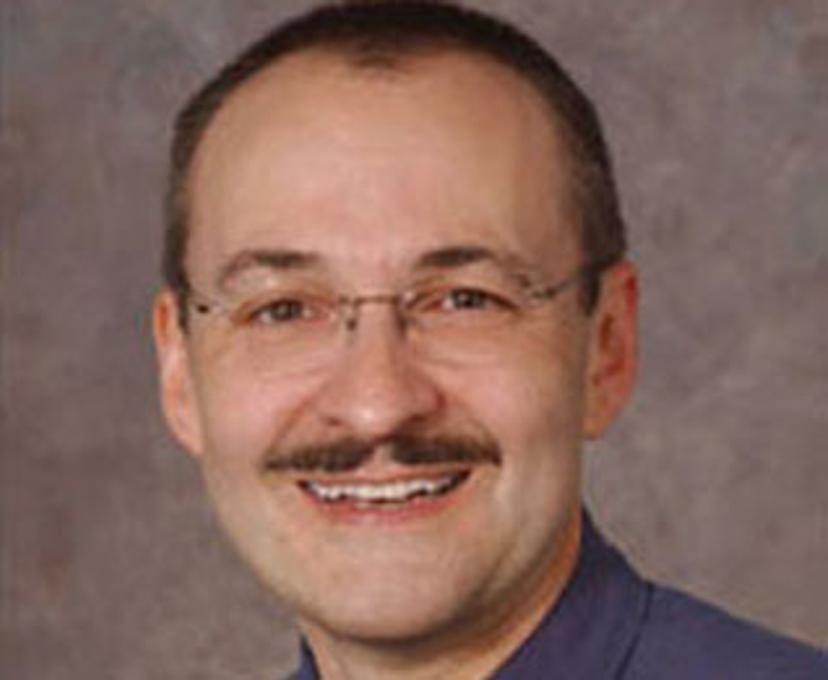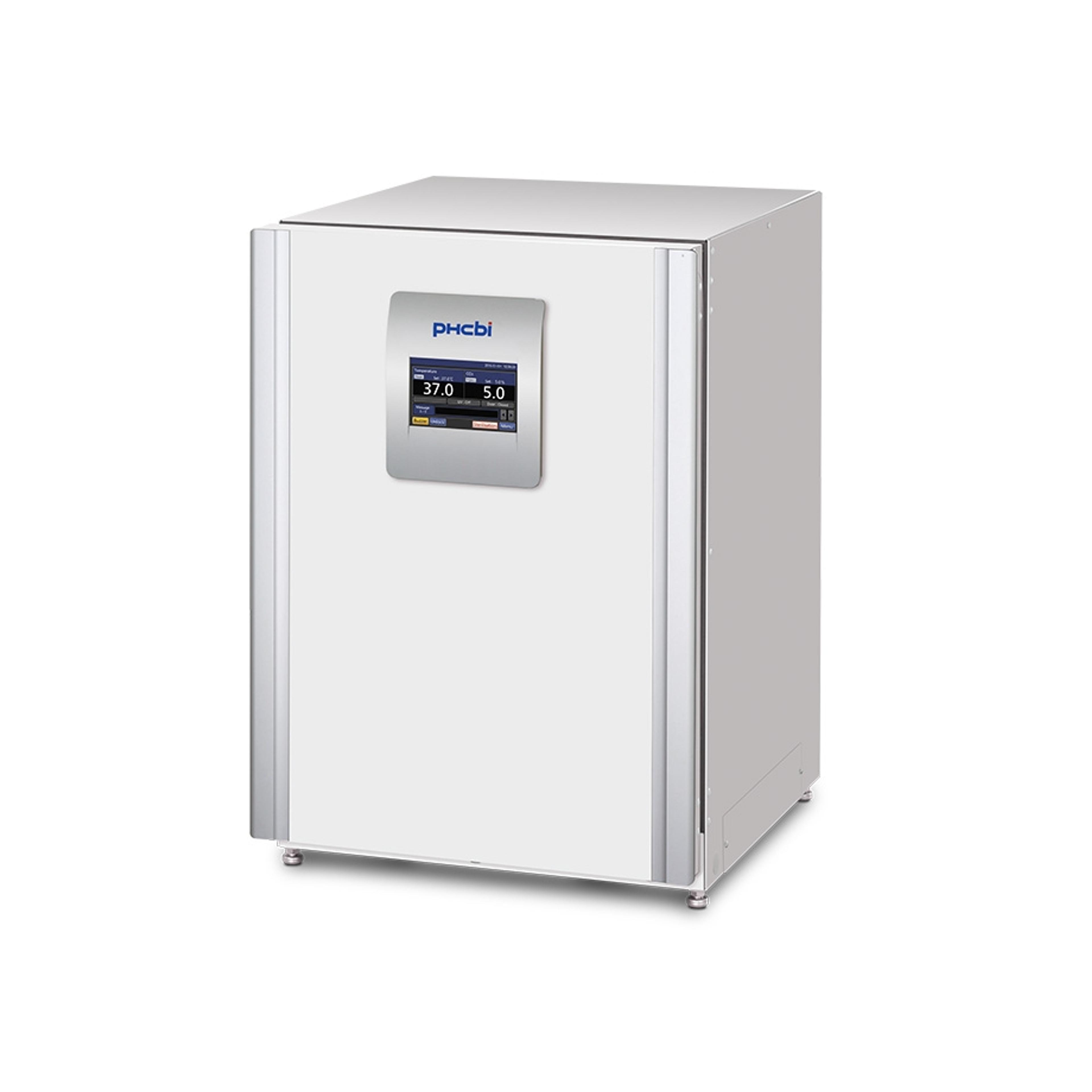Combating cancer: The incubation technology accelerating CAR-T cell therapy development
Gene and cell therapy expert Dr. Gerhard Bauer explores the powerful therapies that use a patient's own immune cells to treat cancer
28 Oct 2020

In this article, we hear from Dr. Gerhard Bauer, Professor of Hematology-Oncology at the UC Davis Medical Center within the School of Medicine and Director and Designer of the UC Davis Good Manufacturing Practice Facility. Following his earlier research on stem cell gene therapy for HIV and severe combined immune deficiency (SCID), Bauer discusses his current work overseeing the development of life-saving CAR-T cells, highlights how new self-sterilizing instruments have been critical to his team’s production of safe gene therapy products for patients, and shares his hopes for the future.
Tell us more about the Good Manufacturing Practice Lab at the UC Davis Institute, and your journey to becoming director GB: In my early years, I helped operate a laboratory in Vienna testing laboratory blood products for HIV. Until finally, I thought, if I really want to do something about HIV and want to find a treatment or cure for it, then I need to do more than just testing test kits. I was subsequently hired by the University of Maryland at Baltimore to run the HIV laboratory. Whilst there I was able to find a predictor for HIV transmission, from mother to child, which at that time was a cell-based assay designed to predict the transmission rate. From this, we were able to demonstrate that higher viral load leads to more transmission.
I was then asked to move over to the Johns Hopkins University, where I started on the development of stem cell gene therapy for HIV. And then on to Dr. Donald Kohn's laboratory at Children's Hospital Los Angeles, where I was fortunate enough to be able to work on developing all the clinical-grade procedures to transport genes into hematopoietic stem and progenitor cells. This research led to the development of a completely new treatment for ADA-deficient SCID, severe combined immune deficiency.
After the success of the clinical-grade procedures, I was asked to go to Washington University in St. Louis, to build them a completely new Good Manufacturing Practice facility for cell and gene therapy. This was because I had built a GMP facility among the first academic GMP facilities at Children's Hospital Los Angeles. A few years later I moved to California to help build another GMP facility at University of California, Davis, where I am still conducting my research.
The UC Davis Medical Center is a manufacturing facility for cell and gene therapy products that are being used in clinical trials to help treat patients with currently incurable diseases. In this aspect, I overlook all the manufacturing efforts for novel clinical trials. Since 2010, we have been operating very successfully and have a whole pallet of applications, cell and gene therapy, and other applications that we manufacture here.
What are the main goals for your projects using homegrown CAR-T cell therapy approaches?
GB: A very interesting project that we have been tackling is CAR-T cells. Everybody talks about CAR-T cells these days because they have turned from an experimental project into commercialized applications. CAR-T cells are chimeric antigen receptor T cells. They are gene-modified immune cells from the patient. You can take a patient's immune cells, specifically T cells, out in a blood collection procedure, put them into a laboratory, and then insert genes that will produce a completely novel receptor on the cell surface that can recognize cancer cells. Chemotherapy and radiotherapy only kill the fast-growing tumor cells but often a patient will have a relapse. The relapse comes from cells that have survived the chemotherapy or radiation.
The immune system, if properly equipped, allows for the surveillance of all the cancer cells that may still be there even after chemotherapy. With CAR-T cells, we have developed such a weapon that allows the patient's own immune system to recognize the cancer and eliminate it. This can also be sustained elimination because the T cells develop memory T cells that will be reactivated when the cancer comes back.
In my career here at UC Davis, I have been involved in several CAR-T cell projects initiated by biotech companies. Also, another one initiated by UC Davis in collaboration with University of California, San Francisco. And we are manufacturing such CAR-T cells in the laboratory currently and we are initiating investigational new drug applications, INDs, with the FDA to apply these homegrown CAR-T cells as we call them to patients in San Francisco and also here at UC Davis.
What role do incubators play in cell and gene therapy development?
GB: Within a Good Manufacturing Practice laboratory, we need equipment that can be calibrated and that can maintain the operational status in a very precise way, from beginning to end of the process. Also, we must be able to clean these pieces of equipment appropriately. This means we maintain a very clean environment so as not to cross-contaminate or bring any other infections in. It is very important that we get laboratory equipment that can handle all of this.
I have had a good experience with the incubators that we have had over the years in our laboratories. Some had lasted for over 10 years until we replaced them with newer incubators with a unique feature. That feature is a self-sterilizing incubator, which has helped us tremendously in our efforts. We need to keep the time that we work on maintenance of the equipment low because our technicians are needed for making the products. We do not have to do an autoclaving step on the shelves and everything that is in there. We can leave everything in, and it sterilizes itself. It has saved us so much time and effort and our technicians are grateful for that.
Without these incubators, I do not think we would be able to efficiently produce as many products as we do currently. We also must make sure that we produce a safe and efficacious patient product — if we do not have reliable incubators, we cannot make reliable products.
What is your vision for the future of gene therapy?
GB: Up to now we have been able to demonstrate that gene therapy is very safe. We have seen so many patients cured with ADA-deficient SCID safely. In CAR-T cell therapy, which is also a gene therapy, we have saved the lives of so many patients safely.
In the future, we need to expand these already working methods. We must make CAR-T cell therapy available for the many people that need it. Often scaling up is not possible because it is an autologous therapy. I would say scale out, not scale up. Scaling out means that you have many different laboratories where you can make these products and each product is being made in an efficient way. We are going to have to develop methods to efficiently manufacture these products side by side. This will be possible with automation.
Hopefully, in a few years down the road, we will be able to provide those who need it with cell and gene therapy. The second thing is that it is likely that genetic diseases will be curable with gene therapy, more of these cures are being worked on currently. Not only is cell therapy involved in that, but gene therapy vectors can also be administered directly into the patient to look for the cells they need to cure, and then illicit the cure directly without having to transplant cells. So, the future is very interesting, and having seen it from the very beginning to where we are now is something that I really enjoy.
More on the impact of PHCbi technology:
- Conjugate vaccines don’t get much cooler than this: Conjugate chemistry pioneer Dr. Andrew Lees reveals the cutting-edge freezer technology that made all the difference in his lab. Read article>>
- How to restart your cell research in the wake of COVID-19: Top tips and best incubator decontamination practices for a safe and successful return to cell cultivation. Read article>>

